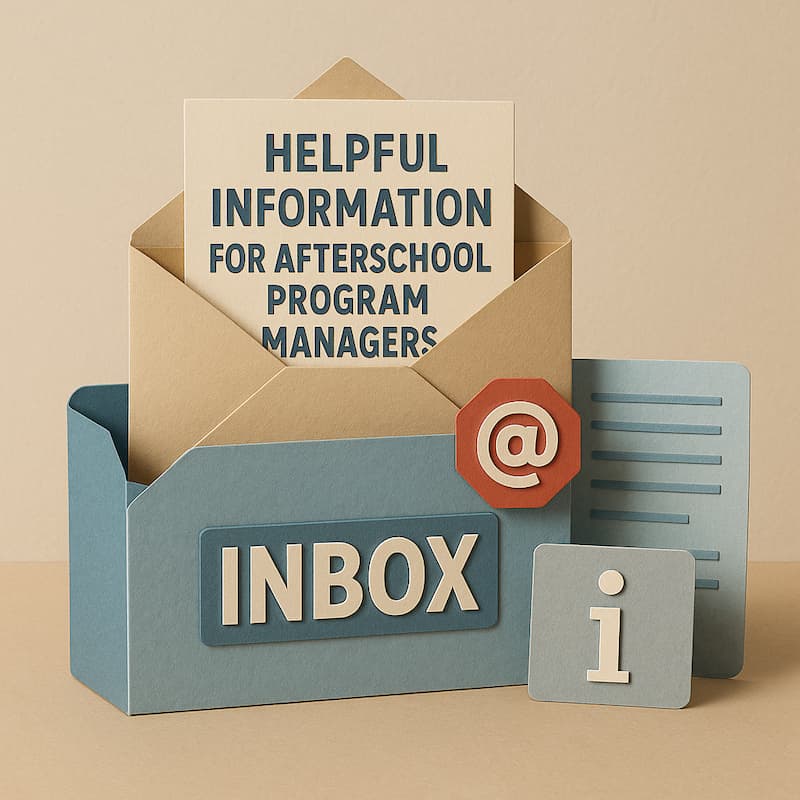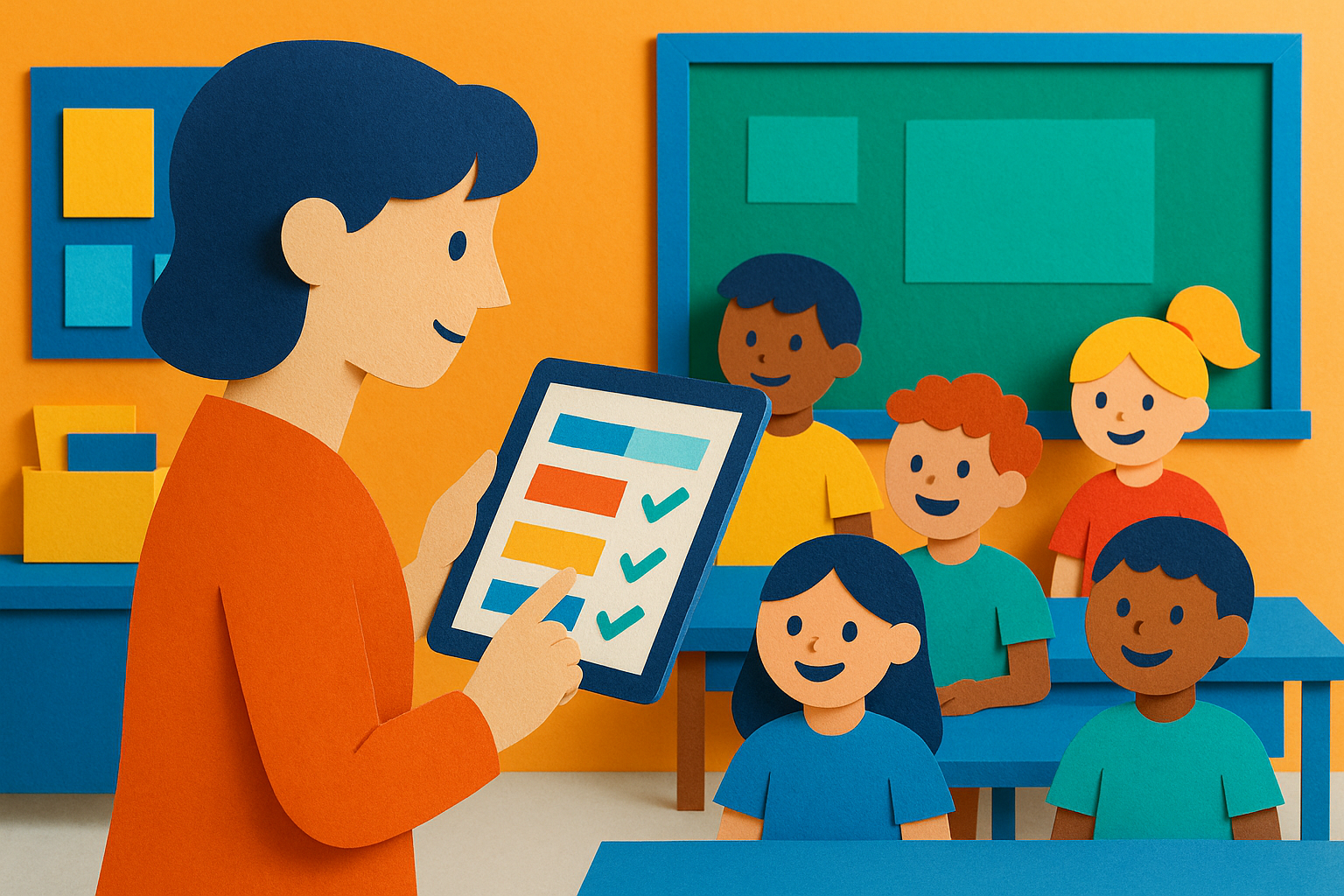
Innovative Approaches for Today's Academic Enrichment Programs
Every student arrives at school with a unique set of strengths and areas for growth. To make the biggest difference in their lives, schools must build academic enrichment programs that cater to their specific needs, encompassing both academics and student life.
This begins by analyzing data points like academic performance and well-being indicators. For example, standardized test scores can highlight struggling subject areas, while attendance records might reveal barriers beyond the classroom.
Many districts use three core needs categories to create targeted programs:
- Academic Enrichment
- Social-Emotional Learning (SEL)
- College and Career Readiness
Innovative Approaches to Enrichment Opportunities
While traditional models like tutoring and summer programs remain valuable, innovative strategies are emerging that are promising academic enrichment opportunities.
- Personalized Learning Pathways: Leveraging adaptive learning technologies, schools are creating individualized learning experiences that adjust in real-time to student performance. These systems can identify knowledge gaps, provide targeted instruction, and offer challenges tailored to each student's pace and learning style.
- Project-Based Learning (PBL) Initiatives: PBL programs are gaining traction as a way to deepen understanding of academic concepts through real-world application. These initiatives often involve cross-disciplinary collaboration, fostering critical thinking and problem-solving skills alongside academic growth.
- Gamification of Learning: By incorporating game-like elements into educational software and activities, schools are tapping into students' intrinsic motivation. Gamified learning can transform traditionally dry subjects into engaging experiences, potentially boosting both participation and retention.
- Peer-to-Peer Teaching Models: Building on the success of traditional peer tutoring, some schools are implementing structured programs where students take on more significant teaching roles. This approach not only benefits the learner but also reinforces and deepens the understanding of the student teacher.
- Virtual and Augmented Reality Experiences: As VR and AR technologies become more accessible, they're opening up new possibilities for immersive learning experiences. From virtual field trips to 3D modeling of complex scientific concepts, these tools can bring abstract ideas to life.
- Microcredentialing and Skill Badging: Some districts are exploring ways to recognize specific skills and competencies through digital badges or microcredentials. This approach can provide more granular feedback on student progress and motivate continuous learning.
School districts that thoughtfully select and implement these academic enrichment program models can create comprehensive opportunities addressing their students' diverse academic needs. The most effective approach involves choosing models that align closely with identified student needs, available district resources, and overarching educational goals. This strategic selection process ensures that each academic enrichment program contributes meaningfully to student success and overall district objectives.
Aligning Programs with District Goals
Before implementing any new academic enrichment program, districts should clearly define how the program's objectives contribute to the broader strategic vision. For instance, if a district aims to increase graduation rates, they might implement a mentorship program specifically designed to support at-risk students. This targeted approach ensures that resources are directed towards initiatives that directly address the district's most pressing priorities.
To ensure that implemented programs are delivering on their intended outcomes, districts need to establish clear metrics for measuring success. This could involve tracking student attendance in an after-school tutoring program, monitoring grades in a specific subject area, or measuring changes in student behavior through surveys and observations. Regularly reviewing this data allows districts to make data-informed decisions, identify areas for improvement, and demonstrate the value of their academic enrichment program.
When designing and implementing academic enrichment programs, it's crucial to consider equity and access for all students. This means ensuring that programs are accessible to students from diverse backgrounds, learning styles, and socioeconomic statuses. For example, offering transportation assistance, providing materials in multiple languages, and scheduling programs at convenient times can help break down barriers to participation.
Taking a holistic approach that prioritizes alignment, measurement, and equity, school districts can create a system of academic enrichment programs that not only address the individual needs of students but also contribute to the overall success of the district.






